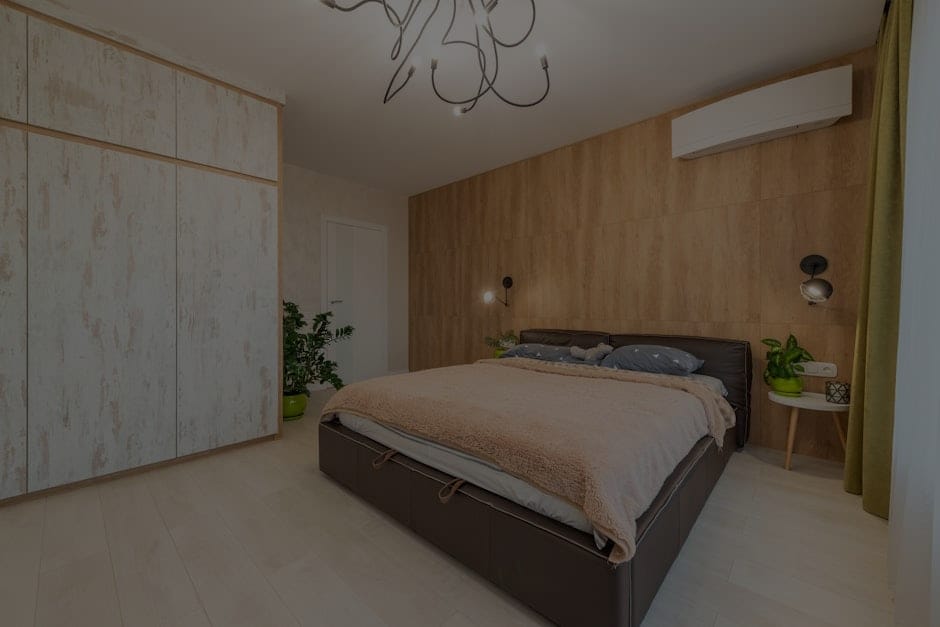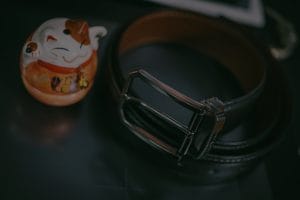**Abstract**: Discover the Best Feng Shui Colors for Your Home Decor unveils how color influences energy flow in your space. This guide helps you select the perfect hues to enhance harmony and balance.
Understanding Feng Shui and Its Importance
Feng Shui, an ancient Chinese practice, emphasizes the relationship between individuals and their environment. It seeks to create harmony and balance through the arrangement of space, which includes the strategic use of colors. Colors can significantly affect our emotions and energy levels, making them crucial in home decor. By choosing the right hues, you can foster a positive atmosphere that promotes well-being and tranquility.
The Power of Colors in Feng Shui
Colors in Feng Shui are not merely aesthetic choices; they are powerful tools that can influence your mood and energy. Each color corresponds to different elements and emotions, creating a unique vibrational energy. For instance, red symbolizes passion and vitality, while blue evokes calmness and serenity. Understanding these associations allows you to choose colors that align with your intentions for your space, whether it’s to boost creativity, enhance relaxation, or promote prosperity.
Choosing the Right Colors for Each Room
When selecting colors for your home, consider the purpose of each room. In the living room, warm colors like orange and yellow can foster social interaction and warmth, making it an inviting space for family and friends. In contrast, bedrooms should lean towards soothing colors such as soft blues and greens, which promote restful sleep and relaxation. The kitchen, often the heart of the home, can benefit from energizing colors like red or yellow, encouraging a lively atmosphere.
The Impact of Natural Light on Color Choices
Natural light plays a significant role in how colors are perceived within a space. A color that looks vibrant in the daylight may appear dull in artificial light. When choosing your Feng Shui colors, consider the amount of natural light each room receives. For spaces with limited sunlight, opt for lighter shades to create a sense of openness and airiness. Conversely, well-lit rooms can accommodate deeper, richer tones that add warmth and depth.
Balancing Colors for Harmony
In Feng Shui, balance is key. Using a combination of colors can create a harmonious environment. The 60-30-10 rule is a popular guideline, suggesting that 60% of a room should be a dominant color, 30% a secondary color, and 10% an accent color. This approach ensures that no single color overwhelms the space, promoting a sense of equilibrium. For example, a soft beige can serve as the dominant color, complemented by navy blue accents and vibrant yellow pillows.
Seasonal Changes and Color Adaptation
As seasons change, so do our emotional needs. Adapting your color scheme to reflect seasonal shifts can enhance your home’s energy. In the spring, incorporate fresh greens and yellows to evoke renewal and growth. During winter, richer hues like deep reds and golds can create a cozy, inviting atmosphere. By aligning your decor with the seasons, you can maintain a dynamic and responsive living space.
Conclusion: Transform Your Space with Thoughtful Color Choices
Choosing the best Feng Shui colors for your home decor is more than just a design decision; it’s a way to create a nurturing environment that supports your well-being. By understanding the emotional and energetic implications of color, you can transform your living space into a sanctuary that reflects your values and aspirations. Remember, the right colors can not only beautify your home but also enhance your quality of life. Start your journey toward a harmonious home today!










